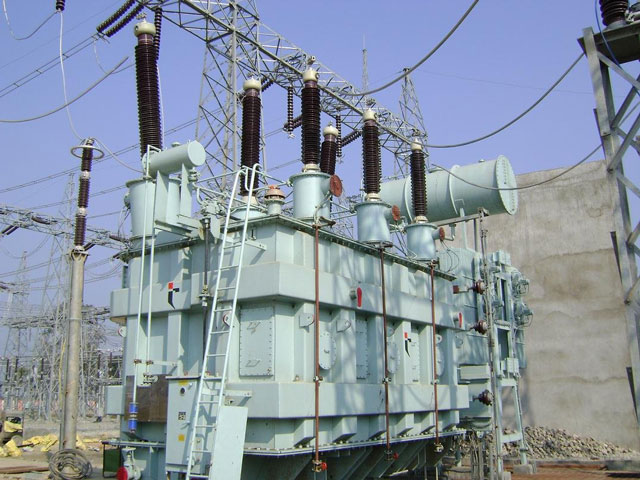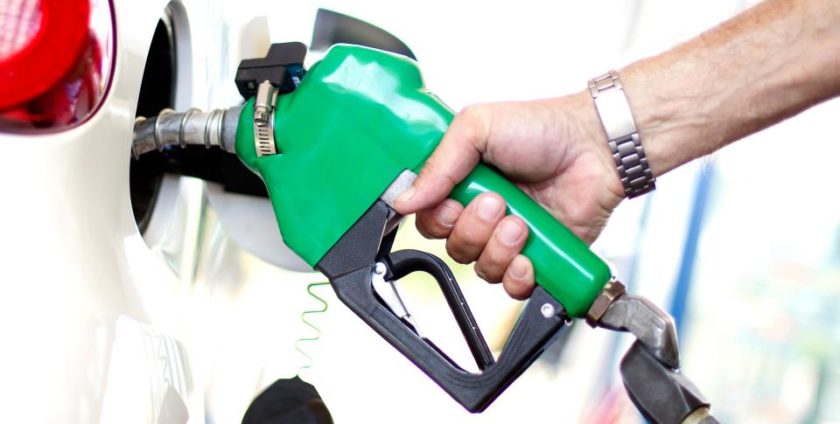Power Plants To Be Built In Gas Flare Sites — FG
The Federal Government has developed a new strategy targeted at reducing gas flaring by the establishment of power plants adjacent to gas flare sites, which would supply electricity to host communities. This strategy is contained in the National Gas Policy recently approved by the Federal Executive Council, FEC.
The Federal Government called the strategy, ‘gas flare-out through gas utilization projects’.
According to the National Gas Policy document, the Federal Government intends to maximize utilization of associated gas to be treated for supply to power plants or industries.
The Government stated that the best prospects for reducing remaining gas flare sites across the country are through projects developed by investors and companies with experience in innovation in modest size projects in challenging environments and with strong local engagement plans.
It stated, “Some examples could be: plans for metered electricity to host communities immediately adjacent to flare sites; projects which could be of significance to local regional electricity distribution companies as embedded power projects; “Critical levers for rural economic development in the Niger Delta, which can provide islands of stable metered electricity or gas products, such as Liquefied Petroleum Gas, LPG.”
The document disclosed that these types of projects would give the cluster area around a site a significant economic advantage for hosting businesses.
The Federal Government stated that the routine gas flaring reduction projects are not to be seen as isolated elements of oil and gas sector operations, noting that flared gas utilisation is part of the wider gas policy to develop Nigeria’s gas resources and release much more of the value from national gas resources.
Furthermore, to ensure that flared gas is put to use in markets, the Policy stated that the Federal Government would take measures to ensure that flare capture and utilization projects are developed.
To achieve this, the government disclosed that it would work collaboratively with stakeholders in the industry, development partners, providers of flare-capture technologies and third party investors.
The Federal Government expressed optimism that gas flaring reduction technology has the potential to be one of the great energy and environmental success stories, adding that new technology solutions for the capture and utilisation of associated gas are encouraged, which could include power generation projects designed to utilise flared gas.
Others, it stated include replacing diesel fuel with gas for power generation with small gas engines; combining new processing systems with efficient fuel flexible gas turbines; small-scale Gas-To-Liquid (GTL) or mini-Liquefied Natural Gas (LNG) plants.
The rest, it noted, are gas infrastructure (processing and transportation) solutions; and identifying and designing the full value chain for gas supply, including gas gathering pipelines, to connect different small and large-size flaring fields.
The National Gas Policy document further stated that the Federal Government plans to open an industry consultation mechanism, as an important measure in ensuring flaring targets are feasible and regulations are realistic.
The Federal Government also disclosed that it would establish a N60 billion LPG Availability Intervention Fund to support the goal of improving the development of LPG infrastructure such as cylinder manufacturing plants, mini- gas plants/skid plants, gas plants and trucks.
“Due to a shortage of local cylinder manufacturing capacity, the policy will promote the phased injection of 20 million cylinders over a period of five years. For comparison, the Indonesian programme comprised the injection of 60 million units,” the document noted.




